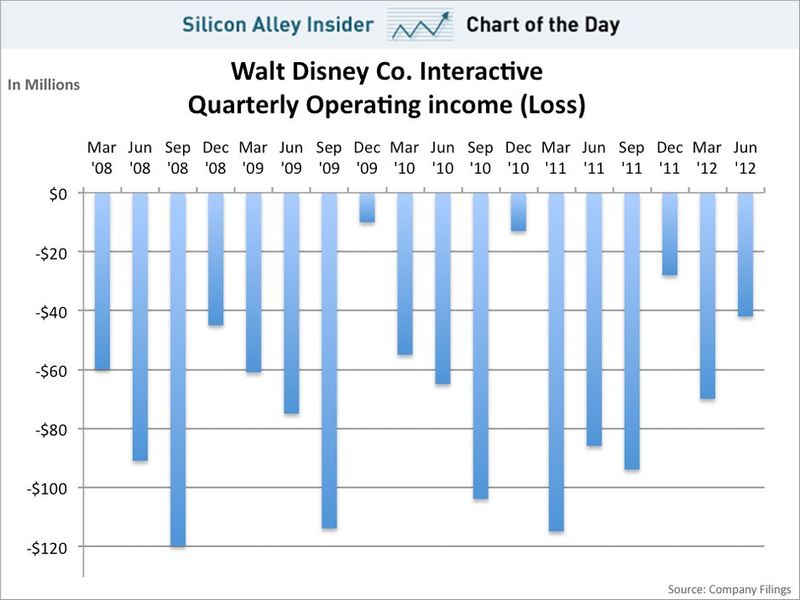
Decline of the Empire
Dave Cohen
Just because the biosphere is going to be toast at some point within the next 100 years doesn’t mean we can’t have some serious fun now. There’s certainly no dearth of hilarious news to go around. When I was called for jury duty last year, I told the lawyers and court officials that I was a writer. They asked me whether I wrote fiction. No, I said, I never write fiction and rarely read it. I told them Real Life is always better than fiction. Having seen a lot of things, they could only agree.
What you’re about to read is not fiction. This is really happening. We don’t make this stuff up. I’ll quote from Bloomberg’s Treasury Scarcity to Grow as Fed Buys 90% of New Bonds.
Even as U.S government debt swells to more than $16 trillion, Treasuries and other dollar fixed-income securities will be in short supply next year as the Federal Reserve soaks up almost all the net new bonds.
The government will reduce net sales by $250 billion from the $1.2 trillion of bills, notes and bonds issued in fiscal 2012 ended Sept. 30, a survey of 18 primary dealers found. At the same time, the Fed, in its efforts to boost growth, will add about $45 billion of Treasuries a month to the $40 billion in mortgage debt it’s purchasing, effectively absorbing about 90 percent of net new dollar-denominated fixed-income assets [T-bills] according to JPMorgan Chase & Co…
The Fed has pumped money into the financial system by purchasing more than $2.3 trillion of Treasuries and mortgage-related securities in three rounds of policy called quantitative easing. The latest program announced Sept. 13 involves buying $40 billion a month in mortgage securities, and has no end date or fixed total amount.
A “number” of Fed officials said the central bank may need to expand its purchases next year, according to the minutes of the Federal Open Market Committee’s Oct. 23-24 meeting. Bond traders predict policy makers will announce at their Dec. 11-12 meeting that they will make new Treasury purchases next year of about $42.9 billion a month, according to the average estimate of primary dealers surveyed by Bloomberg News.
Surely there is a level of absurdity at which serious commentary is no longer required. Not only have we reached that level, but I believe we have moved well beyond it. The Federal Government borrows money. To cover that new debt, the Central Bank prints up some crisp new bills in large denominations and purchases the debt. What could be easier? And to make the deal even sweeter, so-called primary dealers (financial institutions, aka. the big banks) make a boatload of money acting as middlemen in those purchases. How sweet it is!
But there must be—harrumph! harrumph!— some Very Serious Purpose behind this transparent scam. And indeed there is. In fact, there are several Very Serious Purposes.
Even after U.S. public borrowings outstanding grew from less than $9 trillion in 2007 as the U.S. raised cash to pay for spending programs designed to pull the economy out of the worst financial crisis since the Great Depression, rising demand coupled with a drop in net supply means bonds will be scarce.
“The shrinking amount of bonds in the market is lowering rates and not just benefiting the Treasury, but providing lower rates for private-sector decision-makers as well,” Zach Pandl, a senior interest-rate strategist in Minneapolic at Columbia Management Investment Advisers LLC, which oversees $340 billion, said in a Nov. 30 telephone interview.
“The Fed is not creating this scarcity to help out the Treasury, it’s primarily to get the economy going.”
[Bond] buyers range from central banks to financial institutions stocking up on high-quality assets to meet the Dodd-Frank financial-overhaul law and global regulations set by the Bank for International Settlements.
They’re helping the Fed and the Obama administration keep borrowing costs at all-time lows for everyone from consumers to Walt Disney Co…
U.S. 10-year yields fell seven basis points, or 0.07 percentage point, last week to 1.62 percent in New York, according to Bloomberg Bond Trader prices. The benchmark 1.625 percent note maturing in November 2022 rose 22/32, or $6.88 per $1,000 face amount, to 100 3/32.
Programs to pay for the bailout of the financial system, an extension of unemployment benefits and to bolster housing helped cause the size of the U.S. taxable debt market to swell 27 percent since 2007 to $31.3 trillion, according to Nomura Holdings Inc. The figures exclude money-market securities such as commercial paper…
Although I put it in the red font, I want to make sure you get the joke. The total size of the U.S. taxable debt market, excluding money-market securities is
$31,300,000,000,000
And in case you missed it, Walt Disney, which has lost money for 18 consecutive quarters, is doing its bit in America’s Heroic War on Solvency.
Walt Disney sold a record amount of debt last week at the lowest interest cost it’s ever paid. The company issued $3 billion of bonds on Nov. 27 in a four-part offering with coupons ranging from 0.45 percent on three-year debt to 3.7 percent for 30-year securities.
The issue was the biggest in the 89-year history of the Burbank, California-based company.
Anything else I might say would be superflous. Real life is always better than fiction.
Well, OK. There are rare exceptions. I’ll let Jim Abrahams and the Zucker brothers take it from here.
By the way, is there anyone on board who knows how to fly a plane?
http://www.declineoftheempire.com/2012/12/we-dont-make-this-stuff-up.html
VIEW VIDEO
http://beforeitsnews.com/economy/2012/12/we-dont-make-this-stuff-up-2467642.html


